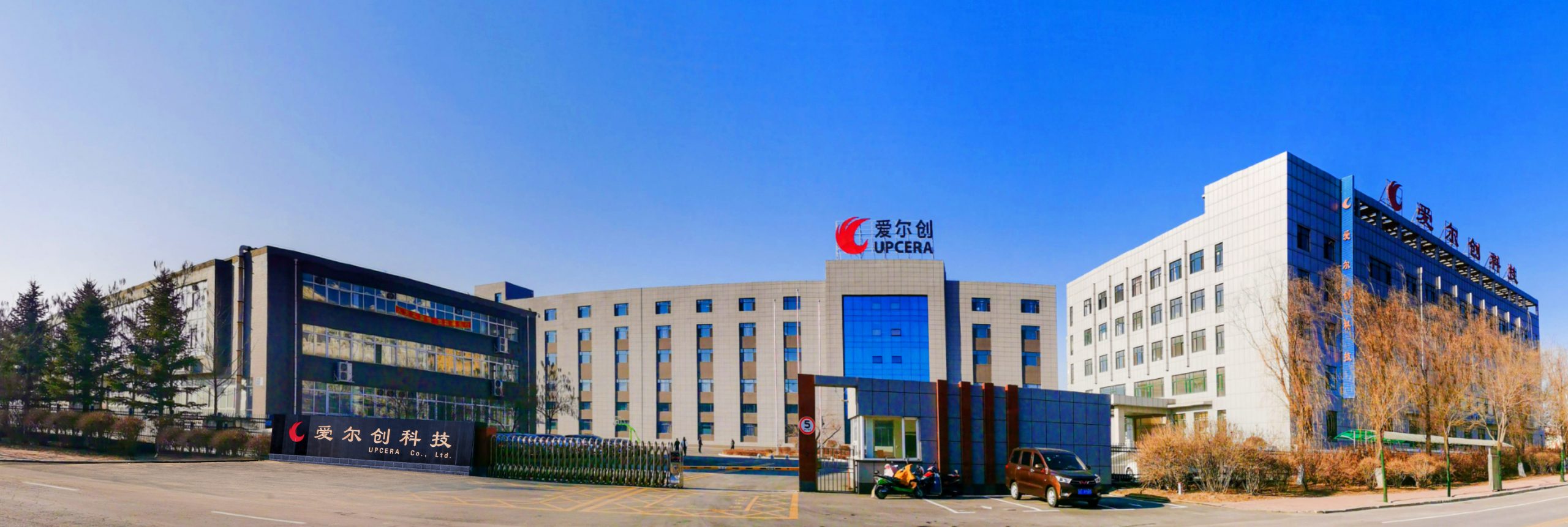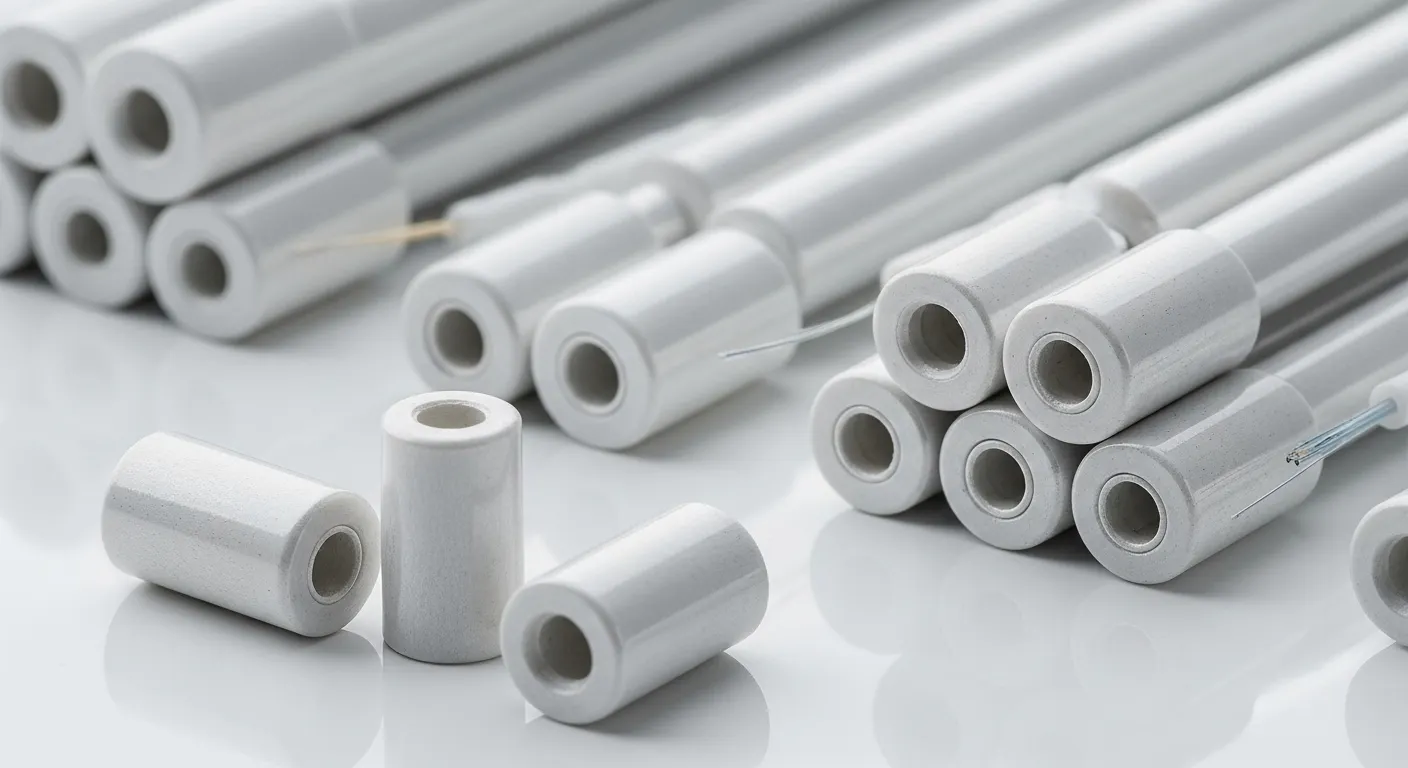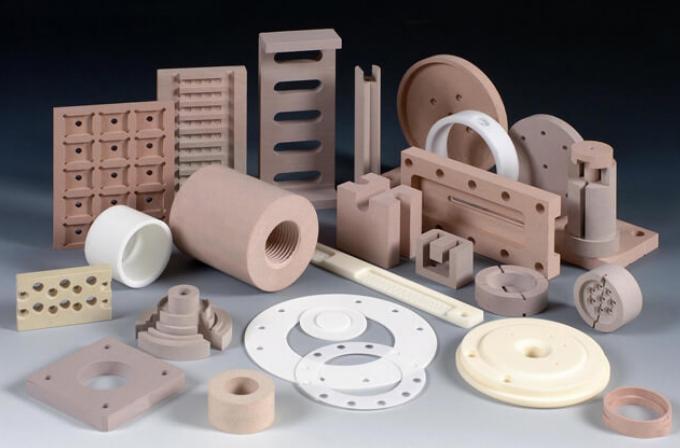How Fiber Optic Ferrule Optimizes High-Speed Data Flow
Fiber Optic Ferrule alignment is the hidden lever that unlocks higher signal transmission speed, and at UPCERA we design, machine, and measure ferrules to make that advantage repeatable in real-world networks. When connectors, transceivers, and photonic modules demand lower loss and stable geometry, the ferrule's material, tolerance control, and surface finish decide how fast and how reliably your data moves.
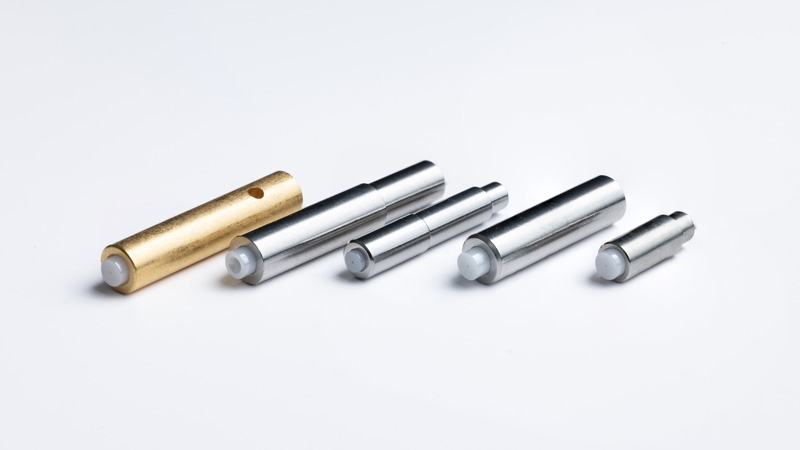
Why the Fiber Optic Ferrule Determines Transmission Speed
A Fiber Optic Ferrule centers and holds the fiber endface. If centering is off by even microns, light couples poorly, insertion loss rises, and bit errors creep in. Speed is not only about bandwidth; it's about how consistently the optical path stays aligned through temperature shifts, vibration, and repeated mating. That is why UPCERA focuses on tight concentricity, smooth bore surfaces, and precise chamfers that protect the fiber while guiding it into position. In practice, better alignment improves mode-field overlap, reduces back-reflections, and preserves the signal-to-noise ratio that high-speed links depend on.
Minor geometric errors compound across connectors, jumpers, and transceivers. Misalignment at one interface forces higher launch power or heavier error correction downstream - both add cost and can raise latency. By stabilizing physical alignment at the ferrule, you protect the entire link budget from the start.
• Common alignment risks we design out:
✅ Decentered or oval inner diameters that tilt or offset the fiber
✅ Rough bore finishes that introduce micro-scratches and debris
✅ Poor chamfer design that chips the glass during insertion
• The Alignment Advantage
At high data rates, small misalignments cause big penalties. A Fiber Optic Ferrule with an accurately machined inner diameter grips the fiber without stress, maintaining coaxial alignment across adapters and panels. The result is stable coupling, lower return loss, and cleaner eye diagrams even in dense data-center links. Endface geometry matters too: UPCERA supports UPC or APC polishes to manage reflections based on your system needs. For patching environments with frequent reconnects, we validate geometry after simulated mating cycles to ensure performance doesn't drift.
• Materials and Tolerances
UPCERA uses high-purity zirconia in our Custom Ceramic Ferrules for hardness, wear resistance, and dimensional stability. Zirconia holds its shape under load and across thermal cycles, so alignment doesn't wander when equipment heats up or cools down. Tight tolerance control on ID/OD and length keeps connectors interchangeable across lots and builds. Equally important, our ultra-smooth internal finishes reduce particle generation, protecting endfaces and preserving link quality over many matings. Net effect: lower insertion and return loss, less variability unit-to-unit, and sustained transmission speed as your network scales.
UPCERA's Custom Ceramic Ferrule for High-Speed Links
Standard parts can struggle with non-standard connectors, prototypes, or integrated photonics. As a manufacturer, we build Fiber Optic Ferrule solutions around your geometry, not the other way around. That means you get fit, function, and signal integrity without reworking the rest of your design.
• Engineered Options and Dimensions
Our Custom Ceramic Ferrules are tailored from high-purity zirconia for specialized optical and industrial uses:
✅ Customizable ID, OD, length, and chamfer
✅ Supports single-hole, dual-hole, or large-bore designs
✅ Available with step-end, tapered end, or metal shank
✅ Ideal for lasers, sensors, and custom transceivers
✅ Tight tolerance control for precise alignment
For rapid specification, typical dimension ranges include OD φ0.8-3.5 mm, ID φ0.1-1.0 mm, and length 3.0-15 mm, with an operating temperature of −40 ℃ to +85 ℃. These ranges fit many prototypes and non-standard builds, while leaving room for optimization during pilot runs.
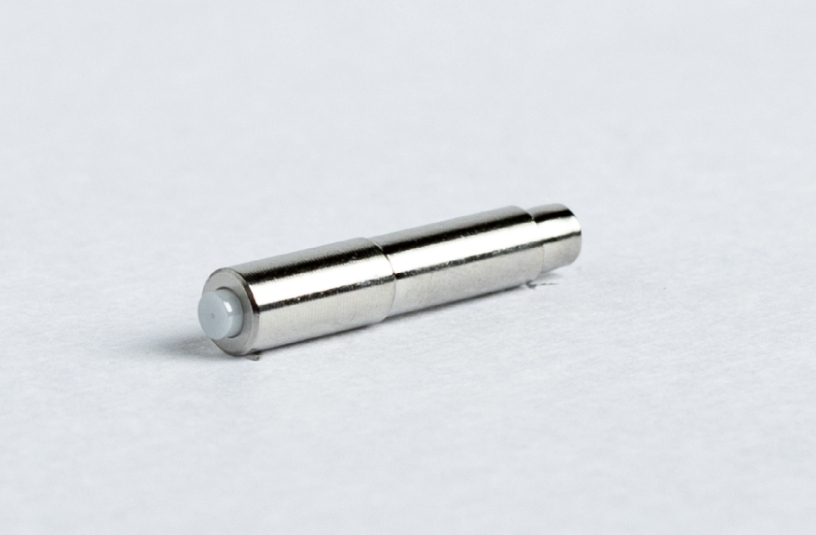
• Advantages That Protect Signal Speed
When your network scales, every connector must hold alignment. Our Fiber Optic Ferrule design choices target the root causes of loss and variability:
✅ Precision tailoring to exact application needs for clean device integration
✅ Exceptional hardness and dimensional stability to resist wear and deformation
✅ Low insertion and return loss to maintain signal integrity after repeated connections
✅ Thermal and chemical resistance for fluctuating temperatures or corrosive agents
✅ Electrical insulation for hybrid opto-electronic assemblies
✅ Non-magnetic, contaminant-free construction for cleanroom and medical settings
These characteristics shorten your path from prototype to production because optical performance stays consistent as you iterate.
Where Faster Signals Matter - and How to Specify
From metro networks to lab benches, speed is only as good as the weakest optical interface. A Fiber Optic Ferrule that locks in geometry protects link budgets and keeps latency low. Our Custom Ceramic Ferrules support fiber optic communication systems in patch cords, connectors, and transceivers. They serve photonic and laser systems that demand precise beam coupling, as well as optical test and measurement tools that rely on stable references. Medical and biophotonic devices value inert, cleanroom-friendly parts. Data centers depend on high-density, low-loss interconnects, while aerospace and military communications need robust alignment under shock and temperature extremes. In each case, ferrule precision translates into dependable high-speed performance.
• Specification Tips for Your Next Build
Start with your optical path. Choose the hole count - single or dual - based on the fibers you must register. Select ID for fiber fit, OD for connector interface, and length for package constraints. If your module is sensitive to back-reflections, specify end geometry and chamfer suited to your polish process and fixture. For laser coupling or sensors in harsh environments, consider the metal shank option to ease assembly while keeping zirconia alignment at the optical face. When in doubt, share your stack-up; we will propose a tolerance scheme that preserves alignment through manufacturing and mating cycles. Long-tail terms you might search for include custom zirconia ferrule for lasers and tight-tolerance ceramic ferrule for medical sensors - both point to the same goal: stable, low-loss alignment.
Call to Action: If your next connector, transceiver, or photonic module needs reliable speed, partner with UPCERA. Tell us your target ID/OD, length, end style, and temperature window (−40 ℃ to +85 ℃). We'll deliver a Fiber Optic Ferrule prototype that aligns flawlessly - and scales with your production plan. Reach out to request drawings, samples, or a fast quote.
 English
English 中文
中文
